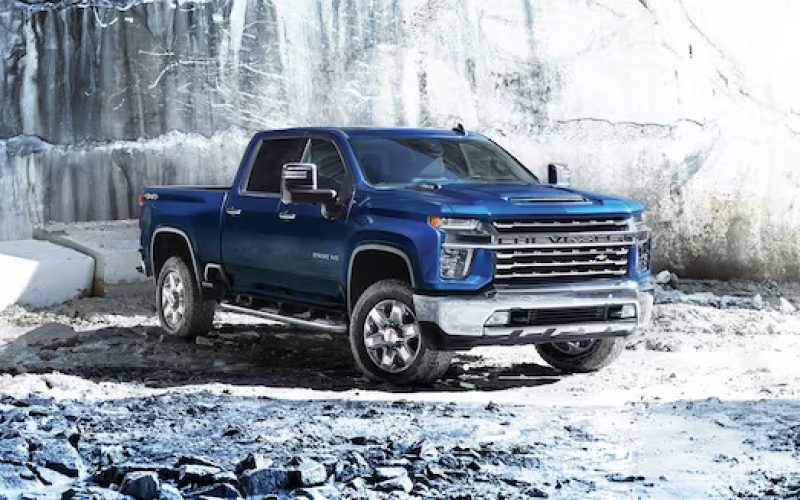
Reading Time: 4 minutesWelcome to a deep-dive into the much-anticipated 2024 Chevrolet Silverado, a vehicle that brings together heritage
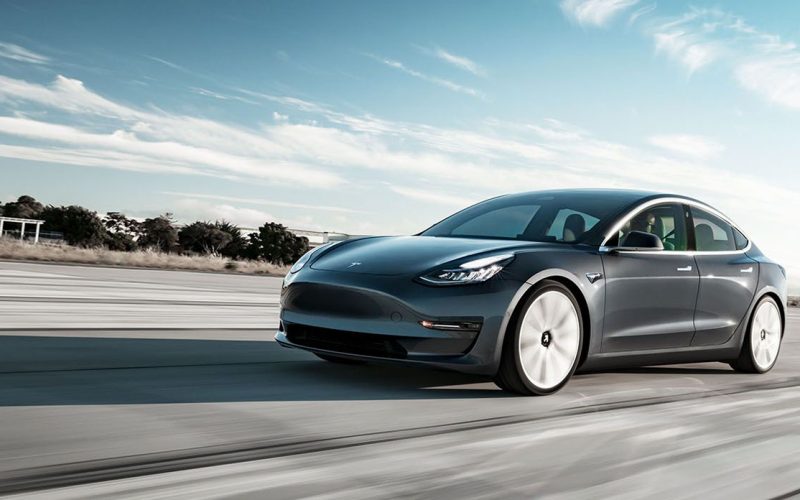
Reading Time: 6 minutesWith regular unleaded soaring over $2.00 per litre in some provinces, and expectations for even higher
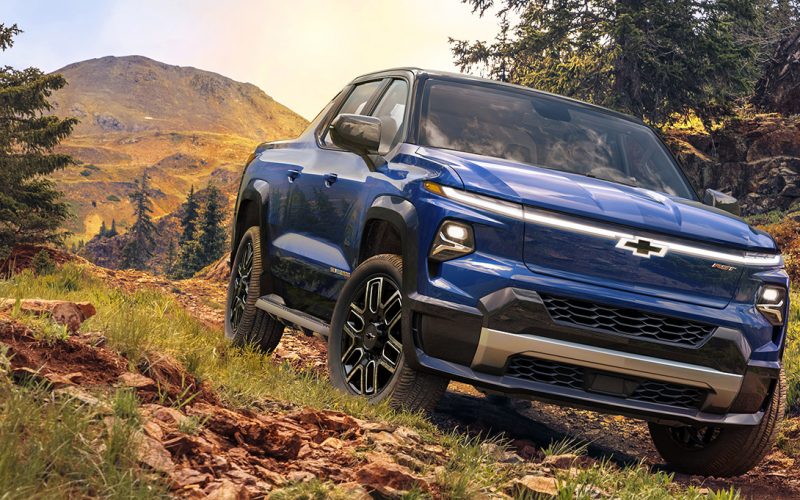
Reading Time: 7 minutesWith an estimated 200,000-plus F-150 Lightning orders in the books, Ford has clearly shown the market
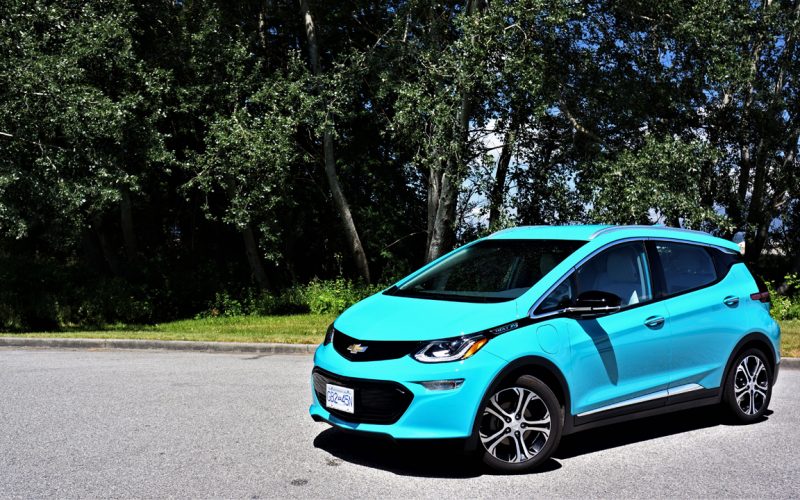
Reading Time: 11 minutesAs far as subcompact hatchbacks go, Chevy’s Bolt is la crème de la crème. Some time
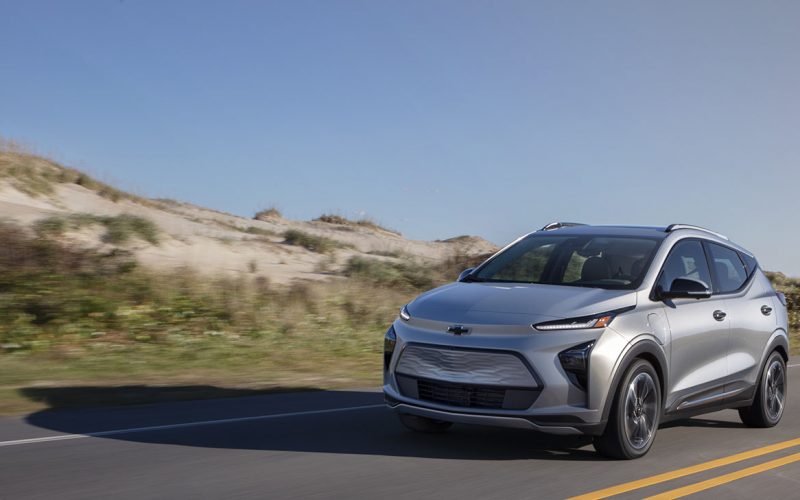
Reading Time: 8 minutesThe Bolt EV, which currently combines subcompact-sized hatchback practicality with a zero-emissions plug-in battery-powered electric drivetrain
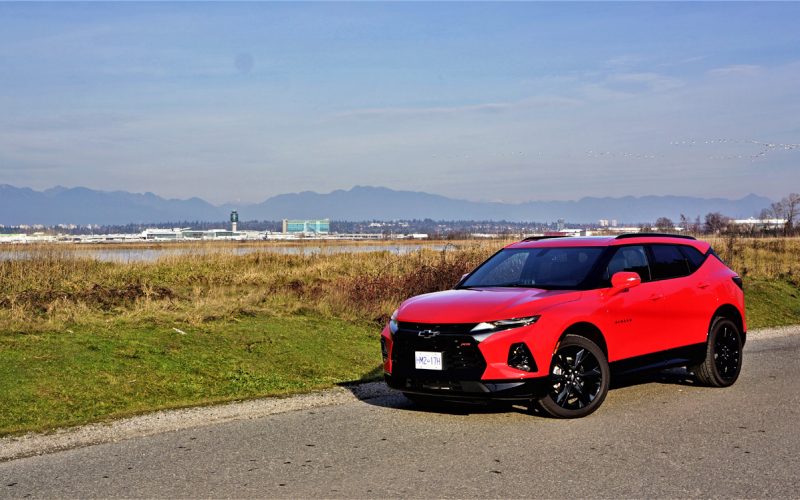
Reading Time: 8 minutesWhat do you get when you combine a Camaro and a Traverse? No, I wasn’t going
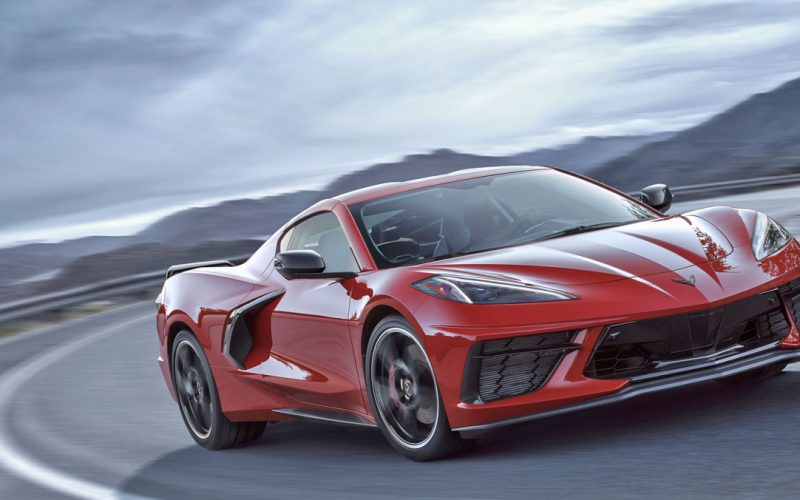
Reading Time: 4 minutesGuessing which vehicles will take home the annual North American Car, Utility and Truck of the
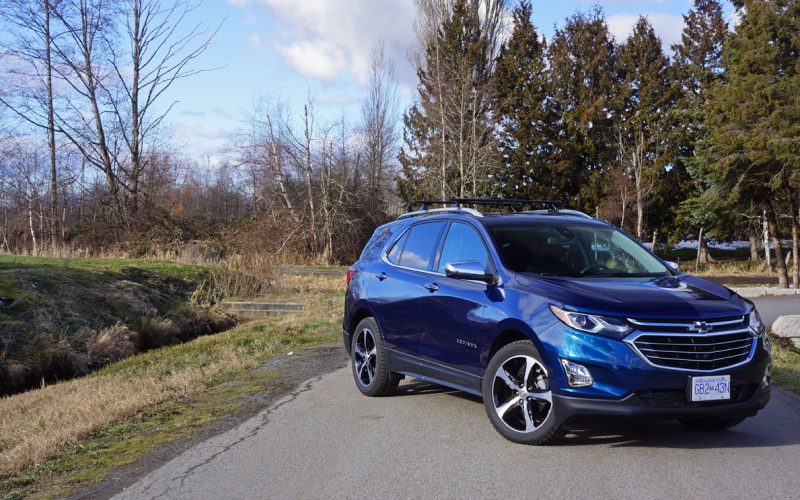
Reading Time: 12 minutesA diesel in a compact crossover SUV? Now that’s marching to a different drummer. In fact,
© 2025 The Car Magazine. All Rights Reserved, Privacy Policy | Terms of Use